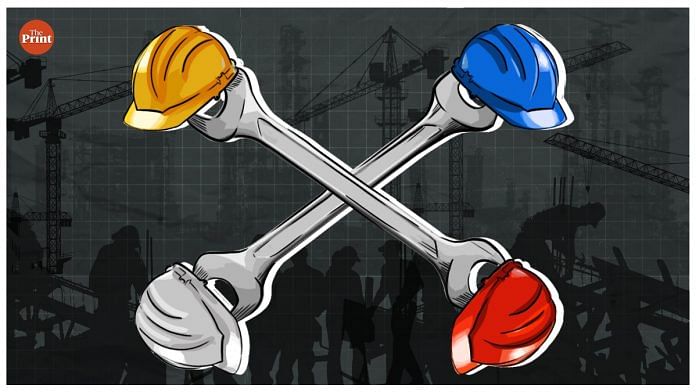No economy is an island “entire of itself”, as Donne might have said. And self-reliance (or atmanirbhar Bharat) is not autarky. At the height of the Nehruvian drive for self-reliance, India was importing everything from machinery and capital to technology and weaponry, even pens. As indigenisation efforts stalled, the import dependence grew.
Even today the most “self-reliant” defence and space projects have significant import content. The Tejas fighter aircraft has engines from General Electric, while the Indian Space Research Organisation’s website says the import content in its satellites is 50-55 per cent. The country’s nuclear power stations are critically dependent on imported uranium, and of course there is the 85 per cent import dependence when it comes to oil.
To make sense as policy, atmanirbharta has to be carefully defined — which government ministers don’t always seem to do. Does it mean reduced dependence on strategic imports, or a lower risk from the kind of sanctions imposed on Russia? The answer is, it depends.
On the one hand, the Green Revolution freed the country from the arm-twisting that the then US president, Lyndon Johnson, tried when supplying wheat to a famine-hit India in the 1960s. On the other hand, self-reliance projects — whether for electronic chips or solar energy panels — actually mean stronger links to international supply chains, and therefore vulnerability for domestic production units that are invariably dependent on critical imports. Pakistan, for instance, makes the JF-17 fighter aircraft in partnership with China. Does that make Islamabad less or more dependent on Beijing? And, is self-reliance in defence production to be preferred even if it means delayed supplies? There are always trade-offs.
Also Read: The long road to Atmanirbhar Bharat: India’s trade deficit with China hit record $77 bn in FY22
There is the old poem about how, for want of a nail, a kingdom was lost — because the nail could have been fixed to a shoe on a horse’s hoof, the knight would then have ridden the horse into battle, and so on. Finding a nail is easy, but the want of small electronic chips has upset the huge automotive sector. Tomorrow battery production may be affected by a shortage of cobalt or lithium. You can’t protect yourself up and down the full value chain. Being dependent on trade partners is part of being a modern economy.
It is a more plausible argument that locating suppliers in India might reduce dependence on a hostile China. But in most products, China is not a monopoly supplier, merely the most competitive. And in merchandise trade, India has a surplus with most non-oil countries. When one broadens the definition to consider trade in both goods and services, the country’s current account deficit is within safe limits; net capital inflows more than make up for the deficit. India is energy-deficient, and it has a China-dependence problem; it does not have a macro trade problem.
That said, it does have a problem with manufacturing viability, and there is a case for developing domestic capabilities. This is the logic of the productivity-linked incentives (PLIs) scheme. If spending some Rs 50,000 crore annually for five years can serve to locate a range of manufacturing facilities in the country, it is a small price to pay. The dangers are that the local value addition may be too small to justify the subsidy, the import-substitution lobby that gets created will extract from the government an extended subsidy period, and protective tariffs will reverse trade liberalisation. One or other of these dangers has already surfaced.
The macro-economic risk is that such a denouement would expose all downstream users to high-cost supplies and therefore loss of competitiveness — which is the opposite of self-reliance. This is what happened the last time round, and it could happen again. The second criticism of PLI is that it focuses on capital-intensive sectors, some of them with the attendant complication of rapid obsolescence — thereby necessitating constant updating of both technology and equipment. Is that a viable course? Meanwhile, the relatively labour-intensive sectors that would generate large-scale, organised-sector employment continue to languish.
Between the two problems that India faces (a trade deficit and an employment deficit), the bigger problem is obviously the latter. That and the feasibility question should not be lost in PLI’s search for strategic self-reliance.
By special arrangement with Business Standard
Also Read: Stung by ‘issues’ with China-made tech, Pakistan military is back to wooing US for defence



